In this sixth part of our guide we will go from Brawl arenas to scenarios taken from Super Smash Bros. for Nintendo 3DS / for Wii U
Welcome back to ours guide to arenas and scenarios from Super Smash Bros. Ultimate. The sixth episode you are about to read is the only one in which the clear cuts we were aiming for will disappear: in fact today we will talk about both the latest settings taken from Brawl that of the first coming from fourth chapter. As for the order that we will follow, given the double format of the penultimate Smash, for today we will focus on the levels in common with the 3DS version and that for Wii U. Finally, in the appendix, we will deal with the concept of Supercorazzathat is the immunity to hesitation after an attack suffered.
Preamble of the Appendix
Here’s what to expect from the Super Smash Bros. Ultimate arena and scenario guide. In each of these twelve events, we will talk about each scenario, its origins, who are the fighters who play at home and, in the case of the DLC, also the availability. No scenario, except for the aforementioned downloadable content, needs to be unlocked: everything is available right from the start of the game. Ironically, you may need to unlock historically associated characters at certain levels, but there is a guide for that too. Furthermore, as for the wrestlers, here too the images precede their respective section. Are you ready?

The Heavenly Kingdom – advanced guide to Super Smash Bros. Ultimate arenas and scenarios
Of the three arenas from the world of Pit and associates, the Celestial Kingdom is perhaps conceptually the simplest of the scenarios in this guide to Super Smash Bros. Ultimate. These are four static and solid platforms, plus one moving under the arena. However, the four solid platforms can be destroyed, leaving traversable counterparts in their place: in other words, therefore, to re-enter the field your strategy depends on the state of the scenario in question.
- Origin: Kid Icarus
- Stage representative of: Pit, Palutena
- History: This is the only scenario of the three belonging to the world of Kid Icarus to refer to the homonymous first chapter for NES. After Brawl, in fact, Masahiro Sakurai has recycled his redesign of Pit and Palutena in that game to revive the series on 3DS with the rail shooter (and third-person shooter) Kid Icarus Uprising. From this last game come the other two arenas that we will talk about later. As for the Celestial Kingdom, unlike many other locations in Ultimate, it is certainly not the first in its game of origin. On the contrary, Pit’s first adventure began in the underworld!

Smash Village – advanced guide to Super Smash Bros. Ultimate arenas and scenarios
Even before the Dweller was revealed as the first new face of the fourth Smash, the third has already honored Animal Crossing with a themed arena. Ironically, given its spartan layout, Smash Village is one of the few arenas accepted with open arms by the competitive community. It is a simple solid platform, accompanied by a traversable one that moves from one edge of the scenario to another. Apart from this minor danger, there is nothing else to report.
- Origin: Animal Crossing (mostly Wild World, Nintendo DS)
- Stage representative of: Inhabitant
- History: The villages of Animal Crossing are all more or less like what appears in the background. A shop, a few houses, a museum and little else. Next to the fighters it is possible to see inhabitants (and not) consume the bartender of La Piccionaia at the Bartolo counter. The time of the arena is the same as the console. How easter eggplaying on Saturdays at 8pm in this scenario will make singer KK Slider appear just like in the original series, and therefore the soundtrack will change accordingly.
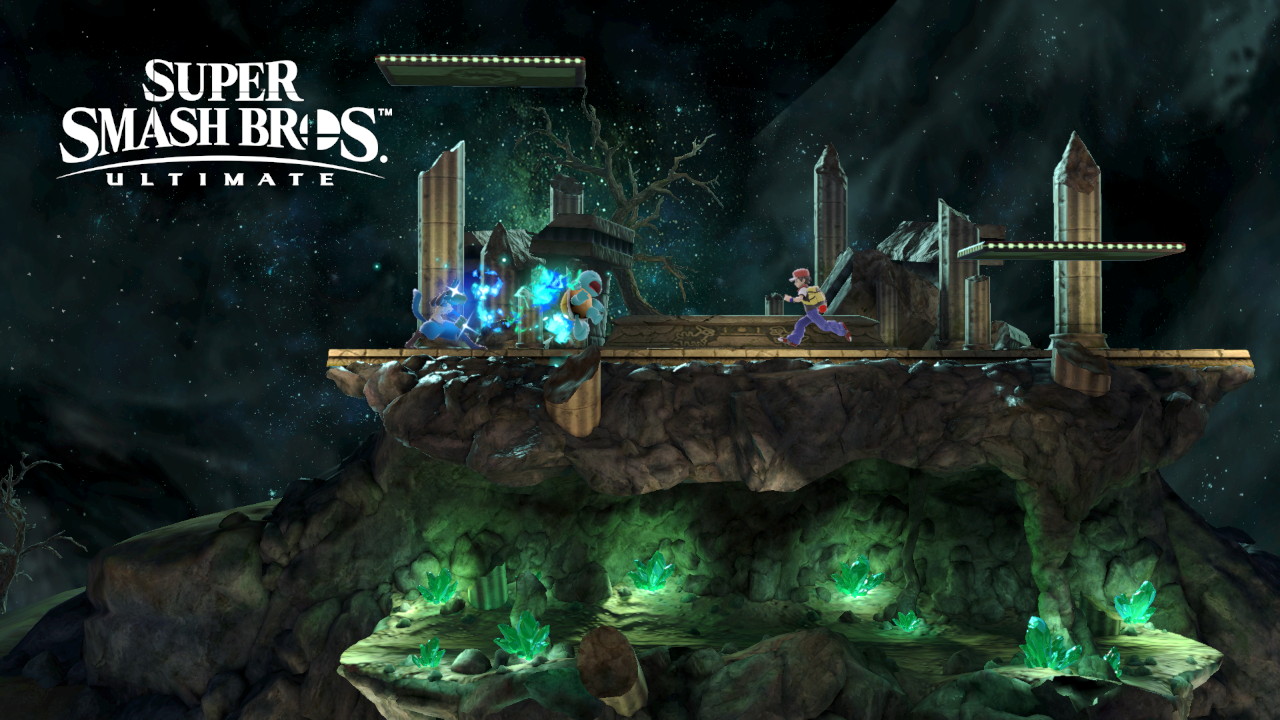
Vetta Lancia – advanced guide to Super Smash Bros. Ultimate arenas and scenarios
For the first time since Saffron City, we finally have an arena that pays homage to a specific Pokémon game. There Summit Lancia it is a vital location in both Pokémon Shining Diamond / Shining Pearl and Pokémon Legends: Arceus, and in Smash it traces the epic battles it was the scene of. There are three platforms: two solid one above the other and two smaller on the sides, which can be crossed. Depending on the Legendary Pokémon appearing in the background, the fighters and / or the main solid platform in the center can be attacked. In other words, the main platform is destructible, but only by those in the background.
- Origin: Pokémon Diamond Version and Pokémon Pearl Version
- Stage representative of: Pikachu, Jigglypuff, Pichu, Mewtwo, Lucario, Pokémon Trainer (fifth costume)
- History: The summit of Mount Corona which bisects the Hisui / Sinnoh region is where the Legendary Pokémon of each version of the game resides. Dialga appears in Diamond, while Palkia is Pearl’s mascot. In this scenario, Cresselia, a legendary from the same games but unrelated, can also appear, or the lake Pokémon Uxie, Mesprit and Azelf can also appear.
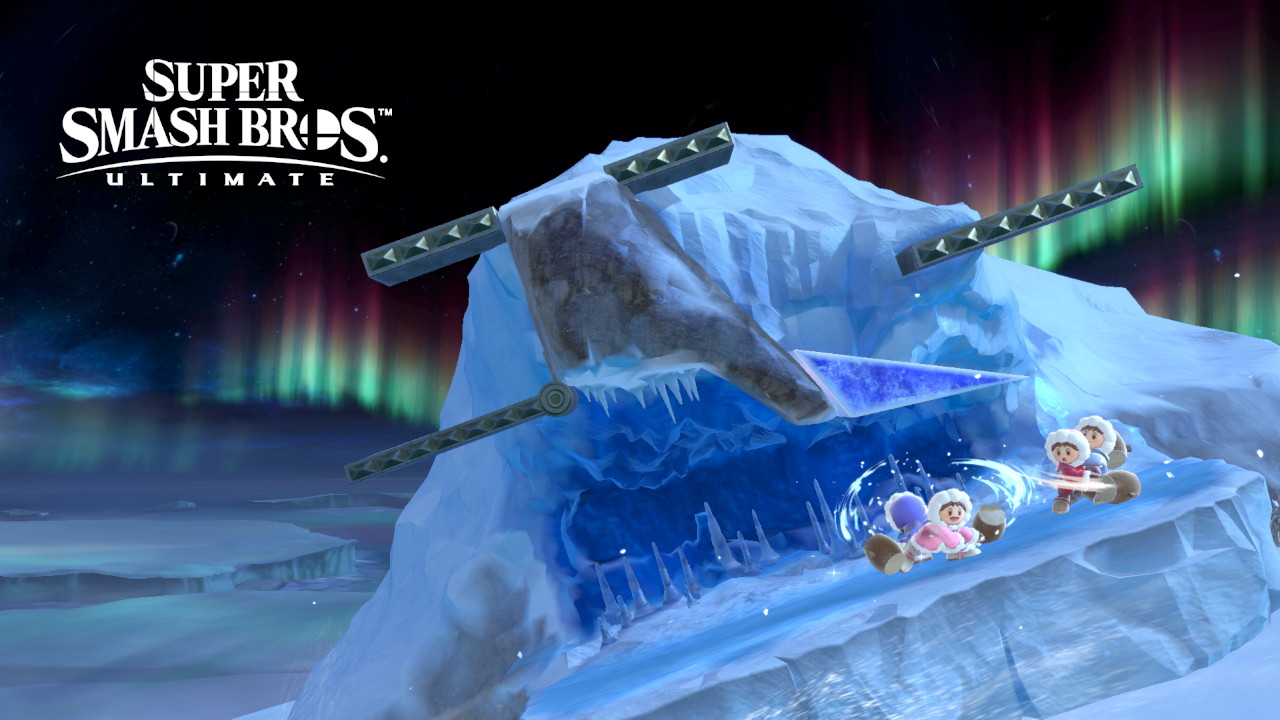
The Top – advanced guide to Super Smash Bros. Ultimate arenas and scenarios
Since Icicle Mountain (“Monte Ghiacciolo”) in Melee has drawn the fatal wrath of the entire competitive scene (for excess of zeal in replicating the climbs of Ice Climber), the duo of mountaineers find a new home on the top of the same mountain . The scenario is called literally The top, and contemplates a solid platform at the base, another in the center and three that can be crossed at each corner of the central structure. This summit will soon slide downstream, tilting and affecting inertia in your aerial movements, before magically returning… well, to the top. Beware of the fish of Balloon Fight (we will talk about the arena of the same name later): it awaits you on the water only to drag you fatally into the abyss. In the lower part, the stalactites can harm you. The ground is slippery, but we don’t think we need to tell you …
- Origin: Ice Climber
- Stage representative of: Ice Climbers
- History: As we said, Icicle Mountain replicated the continued climb of the Ice Climber game with all too much zeal, which is why Masahiro Sakurai opted for a more pragmatic solution in the sequel. However, the arena faithfully incorporates several details from that game, from the design of the traversable platforms to the polar bears.
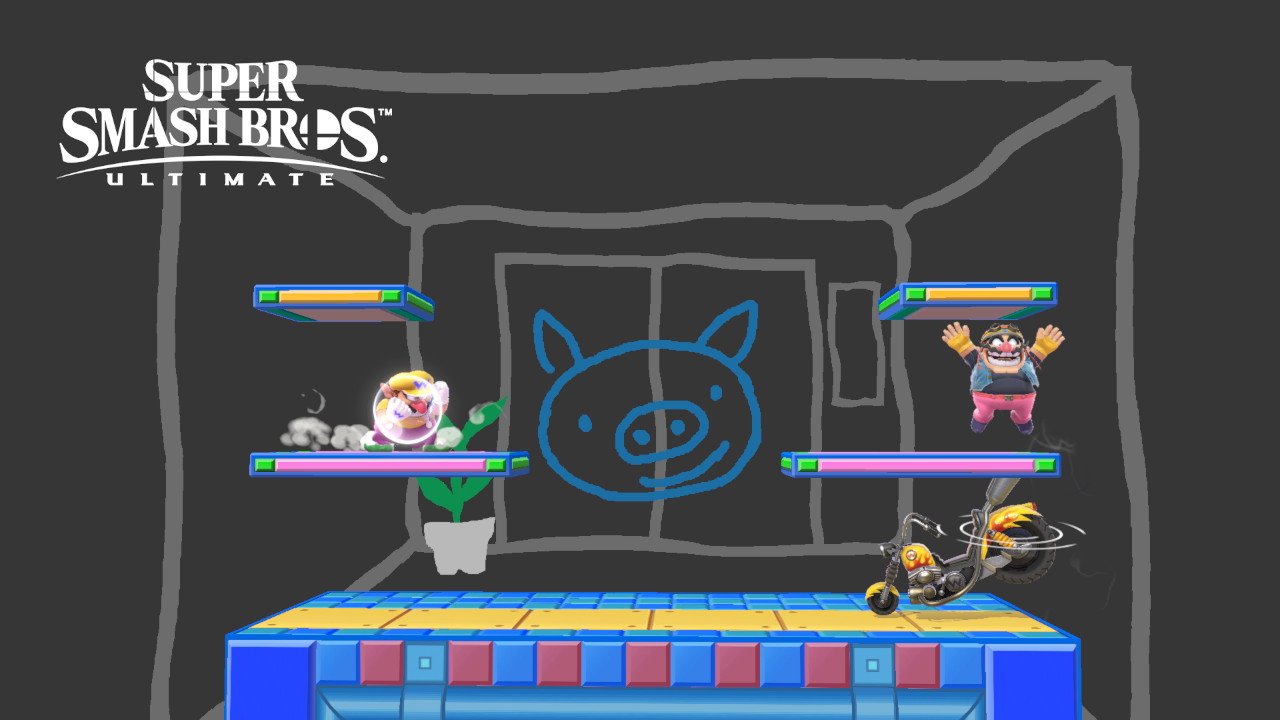
WarioWare, Inc. – advanced guide to Super Smash Bros. Ultimate arenas and scenarios
As we mentioned in our special dedicated to Wario, it is a real shame to see how much the Big N prefers to celebrate its most recent incarnation rather than Wario Land. Anyway, WarioWare, Inc. of its own consists of a solid main platform and four smaller traversable ones. However, the elevator in the background (taken from the very first installment of the series, on GBA) will occasionally open to kick off a minigame. Of course, you can ignore the minigame instructions, but at the cost of not getting a power-up. Which can also include invincibility, so be careful!
- Origin: WarioWare: Minigame Mania
- Stage representative of: Wario (odd costumes)
- History: As in the world of WarioWare, the suspension of disbelief is somewhat less: somehow, when the elevator door opens, you just need to think of a micro-game. In the original series there are many, many more, thanks to their short duration. In fact, these are different gameplay experiences to be consumed in a few seconds. All micro games in the arena are identical to their counterparts in the home series.
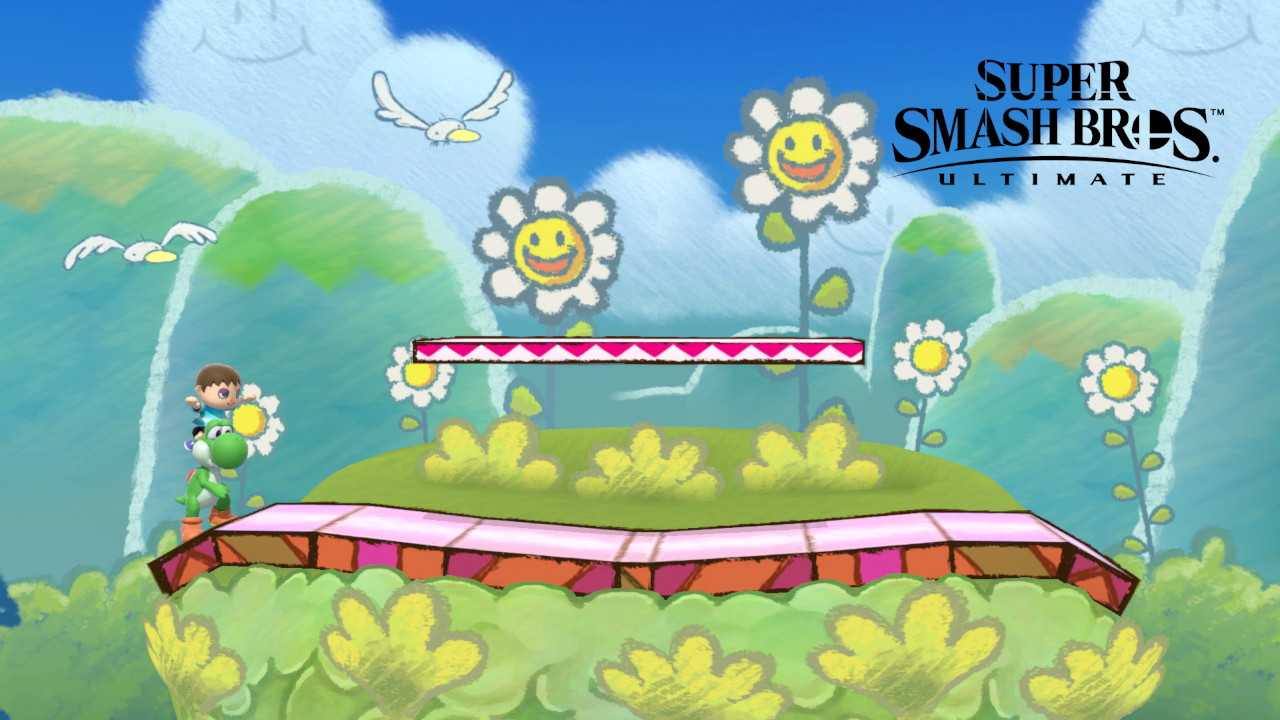
Yoshi Island (Brawl) – Super Smash Bros. Ultimate arena and scenario advanced guide
And finally we have an arena inspired by Yoshi’s Island, it took a while! Yup, L’isola Yoshi (Brawl) is the real island of the most adorable dinosaur in the Mushroom Kingdom. It is a curved (solid) platform at the base, a smaller one in the center (passable) and, finally, one that appears and disappears at the edges of the arena. Given the scarcity of dangers, this arena is tolerated a lot in tournaments.
- Origin: Super Mario World 2: Yoshi’s Island/Yoshi’s Island – Super Mario Advance 3
- Stage representative of: Yoshi
- History: The arena follows the pastel hues seen in the original game. The Phantom Shore, which moves the occasional platform to the edges of the scenario, was mostly a permanent presence in the various fortresses and castles of the original game, but otherwise the background is based on “Lay eggs, throw eggs”, the first level of Yoshi’s Island. The transition to the cold seasons during the clash instead evokes “Take the ski lift on the fly!” from the world 5.
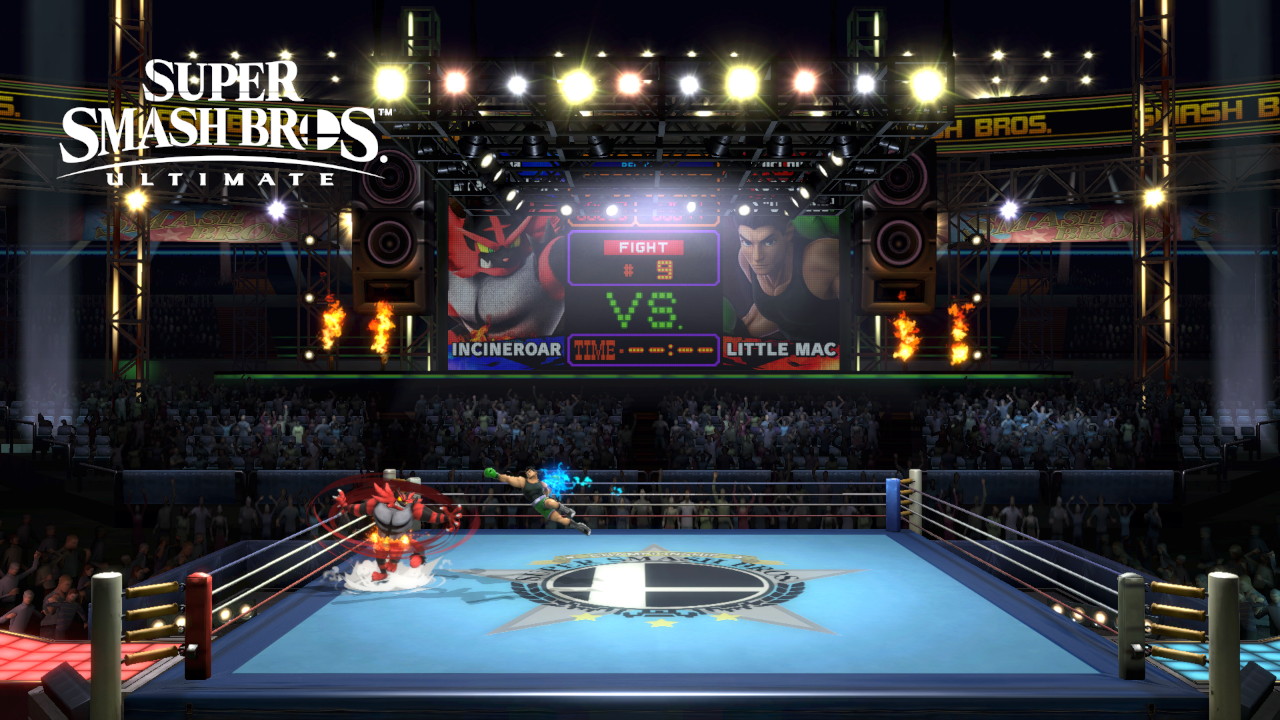
The Ring – advanced guide to Super Smash Bros. Ultimate arenas and scenarios
While anticipating the reveal of Little Mac by a few months, he ring is the first arena (for the Wii U version, at least) of the fourth Smash to be shown in full in the first trailer, when the Dweller takes his hold on Mario. The arena consists of the actual ring, two sloping walk-offs on the sides, and a destructible platform at the top (which will collapse into the ring before regenerating).
- Origin: Mike Tyson’s Punch-Out!!/Punch-Out!!
- Stage representative of: Little Mac
- History: Despite the two different possible designs for the logo in the center (the World Circuit of Punch-Out !! and the Smash logo), the arena expressly harks back to the boxing ring featured in the original game. From the arcade version of the game we have the occasional use of the big screen to show the various epithets of the characters (except in the 3DS version of the fourth Smash), which reinterprets the progress of the fight up to that moment in the context of boxing. Originally, the protagonist’s final opponent was supposed to be Mike Tyson, but the boxer’s scandal forced Nintendo to abandon the partnership.
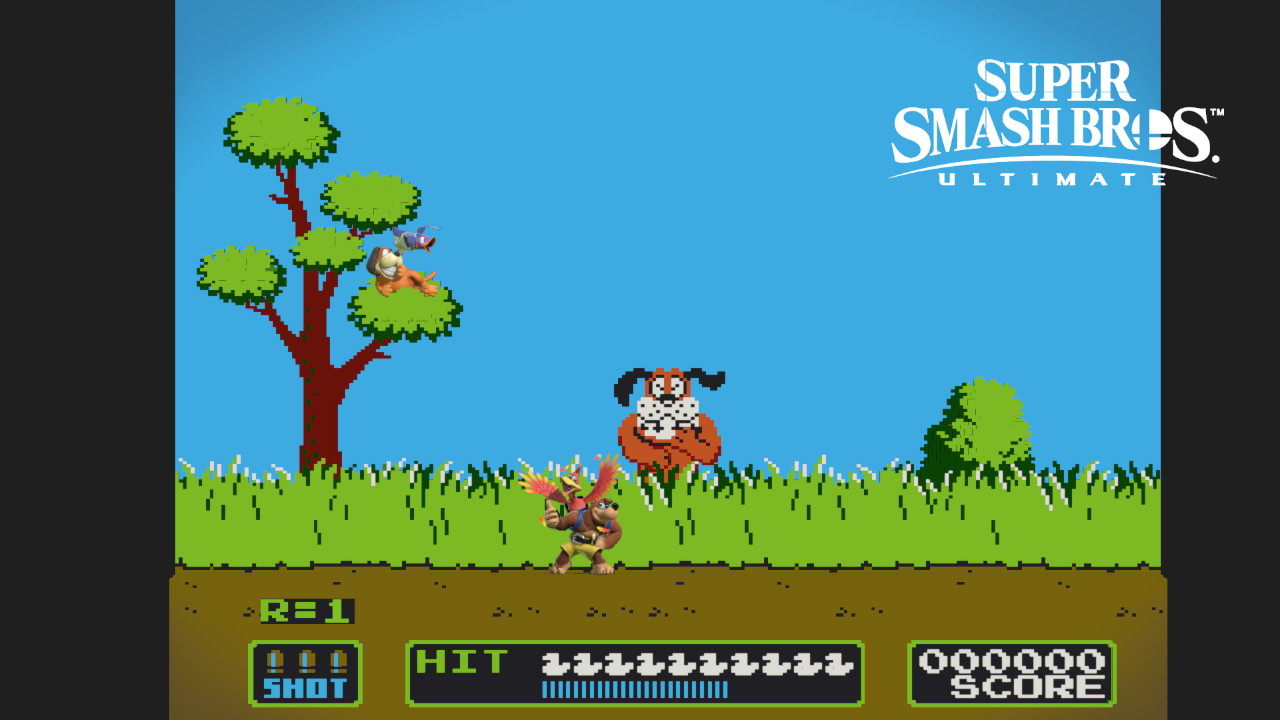
Duck Hunt – Super Smash Bros. Ultimate arena and scenario advanced guide
“I said it’s duck hunting, shoot!” Looney Tunes jokes aside, Duck Hunt resumes duck hunting from the game of the same name fairly faithfully, without the hunter affecting the fight. Despite a spartan layout (a solid platform, another emerging from the ground every so often and the tree branches to the left), the arena is banned from tournaments due to the ability to use the shrub to score easy vertical KOs. .
- Origin: Duck Hunt
- Stage representative of: Duo Duck Hunt
- History: The duck hunting of the original game has no pretensions, and indeed reinterprets the practice in a very cartoonish way. The platform that emerges to which we alluded is precisely the dog (the same who became a character in itself in the fourth Smash), which, as in the original game, appears to make fun of the player. Alternatively, you can impress him by hitting the ducks… just like in the original game, in fact.
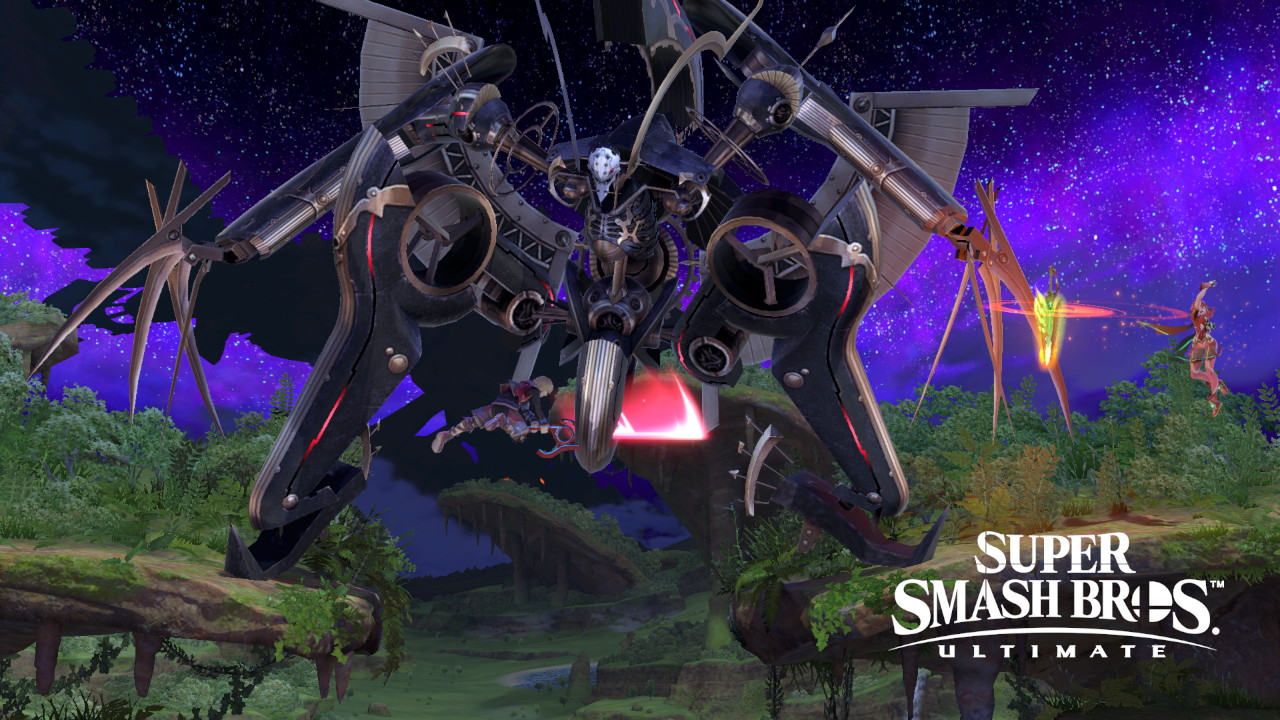
The Plain of Gaur – advanced guide to Super Smash Bros. Ultimate arenas and scenarios
If you want to give competitive lovers a headache, the plain of Gaur is for you. These are in fact two main solid platforms with walk-offs on the sides, plus other small platforms below them. As an arena it is quite large, so much so that both sides boast …






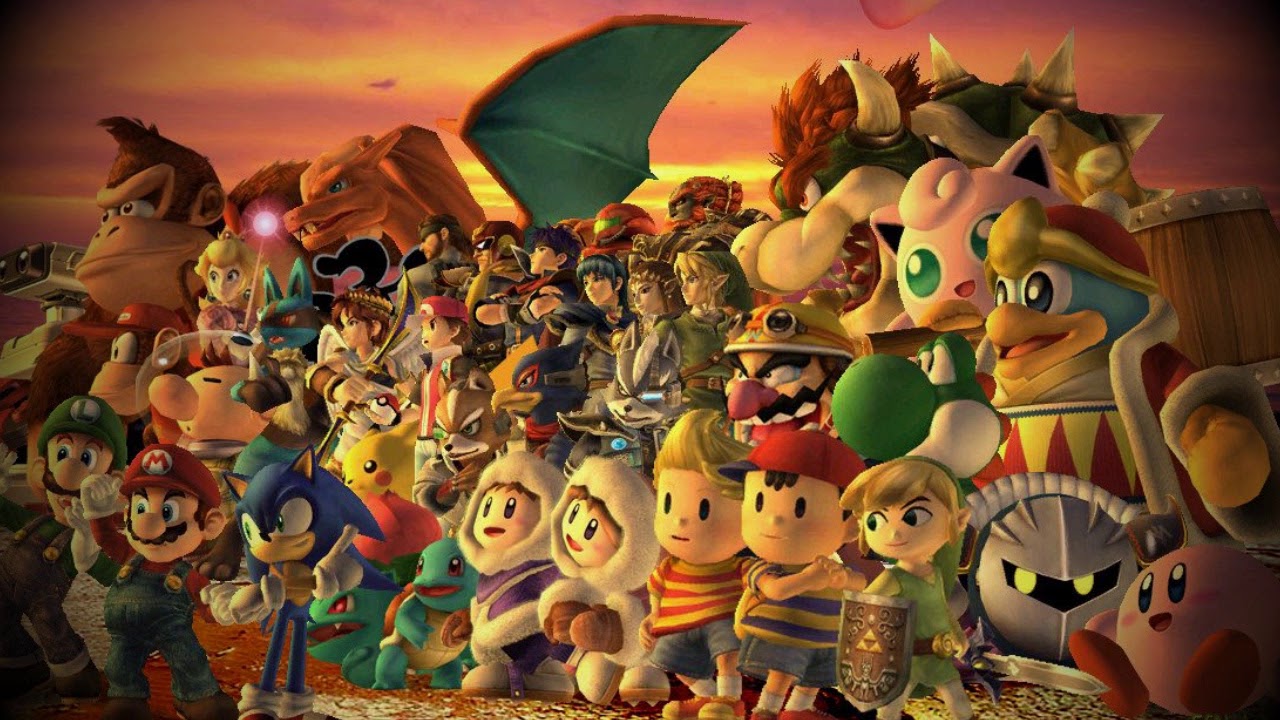





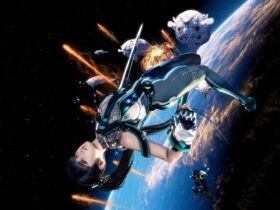
Leave a Reply
View Comments